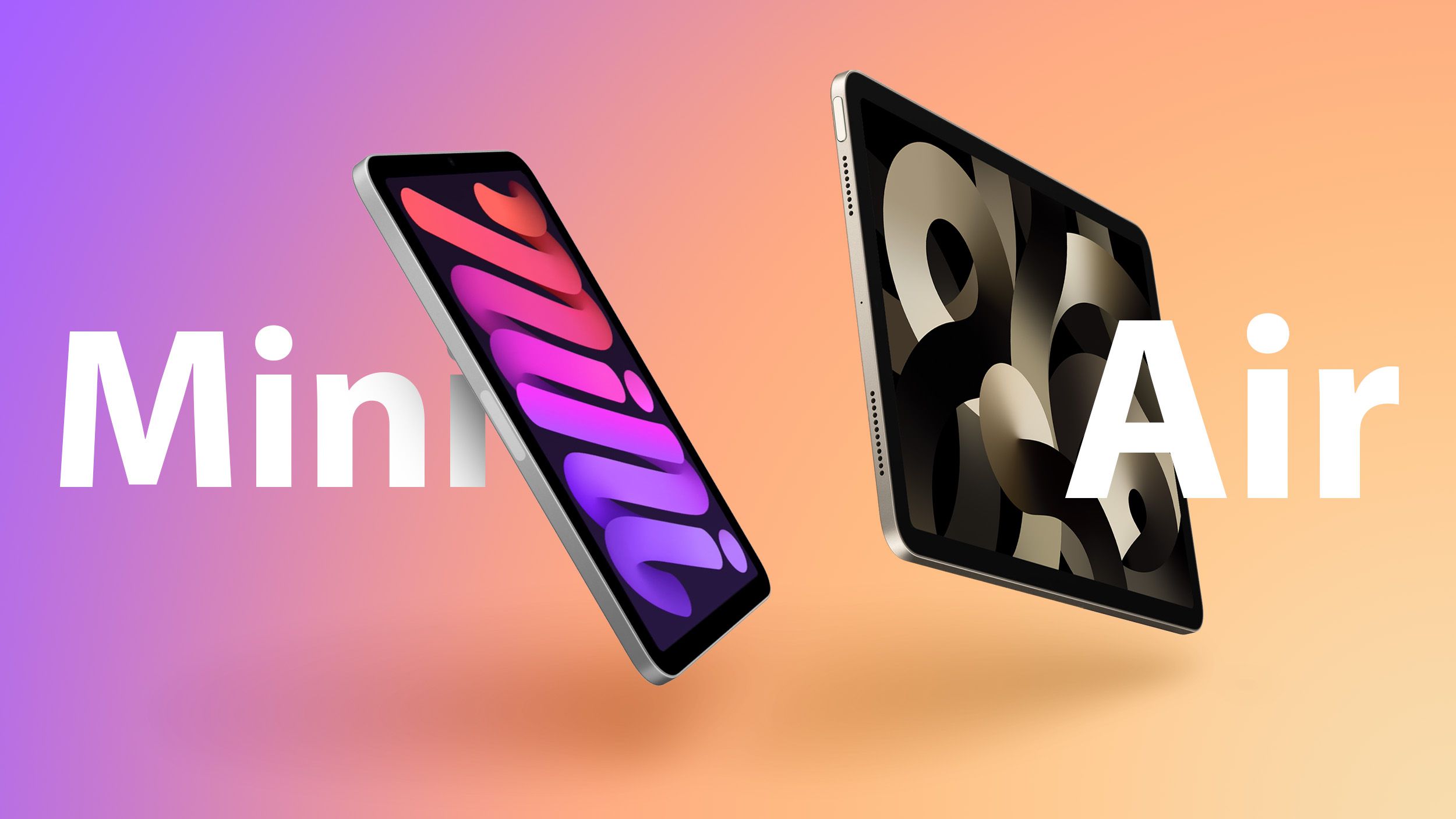
Key Takeaways
- Deck flex is the amount that a laptop’s body bends or warps under pressure and can indicate the overall build quality of the laptop.
- While deck flex does not immediately affect performance, significant flex over time can lead to loose connections and impact the laptop’s cooling system, potentially causing slowdowns or crashes.
- When choosing a new laptop, considering deck flex is important as it can show how well the laptop will hold up to daily use.
With countless laptop reviews flooding YouTube, you’ve probably heard tech influencers throwing around the term “deck flex.” It’s tested, criticized, and debated over. Some claim flex is bad, while others say it’s irrelevant. But why should you care about flex?
Understanding Deck Flex
Before we unpack the hype, let’s get on the same page about “deck flex.” Picture this scenario: you’re typing an email on your laptop and feel the keyboard area or “deck” dipping beneath your fingers. That sinking sensation is deck flex. It measures how much the laptop’s body bends or warps under pressure.
Why Your Laptop’s Structure Is Important
Now, you might be thinking: what if my laptop’s slightly bendy? Deck flex isn’t just a quirky trait. It’s a potential indicator of your laptop’s overall build quality.
Think of it like this: a laptop with a severe case of deck flex might hold up for a while, but the constant movement could gradually loosen internal components, damage the keyboard, and potentially impact the system’s cooling efficiency. Over time, this could lead to your laptop’s premature physical demise. Just as with GPU sag, circuit boards and components don’t like bending too much. A certain amount of flex is necessary for strength and comfort, but too much might land you in trouble.
How to Check Your Laptop for Deck Flex
Identifying deck flex isn’t some arcane science reserved for the tech elite. It’s as simple as pressing gently on the keyboard deck. If the surface noticeably bends or warps, you have some deck flex.
You can try lifting the laptop from one corner while it’s open for an even clearer picture. Any noticeable twist or bend is another sign of deck flex. But remember, handle it with care. Laptops aren’t exactly designed for one-handed corner lifts.
Does Deck Flex Affect Performance?
A prognosis for confirmed deck flex is where things get a bit murky. While deck flex might be a symptom of a potentially frail laptop body, it won’t make your laptop perform any worse, at least not immediately. Your processor won’t run slower, and your graphics card won’t lose any pixel-pushing prowess simply because the laptop’s body has a bit of give.
But in the long run, significant deck flex can spell trouble. If the continual flexing leads to loose internal connections or, worse, affects the laptop’s cooling system, it could cause your machine to slow down or even crash.
Should You Care About Deck Flex?
In a word, yes, you should consider the presence of deck flex as you shop. It might not be as sexy a feature as a Retina display or a cutting-edge GPU, but it’s an important consideration when choosing a new laptop. It can show you how well the laptop will hold up to daily use and the occasional mishap. One of the key differences between two laptops with the same on-paper specs, but different price brackets, is the amount of deck flex. The cheaper laptop is likely to feel spongy to type on and be made from wobbly plastics, while the extra money spent on the higher-end machine might net you a rigid metal chassis, or sturdier metal skeleton under a plastic case.
So, next time you’re looking to upgrade, don’t just fall for the glitz and glamor of specs and features. Pay attention to the construction quality, and remember: while a little flex can show that a laptop is resilient, too much can suggest it’s not built to last. Because in the end, it’s not just about what’s inside that counts, but also, how well it’s all held together.






